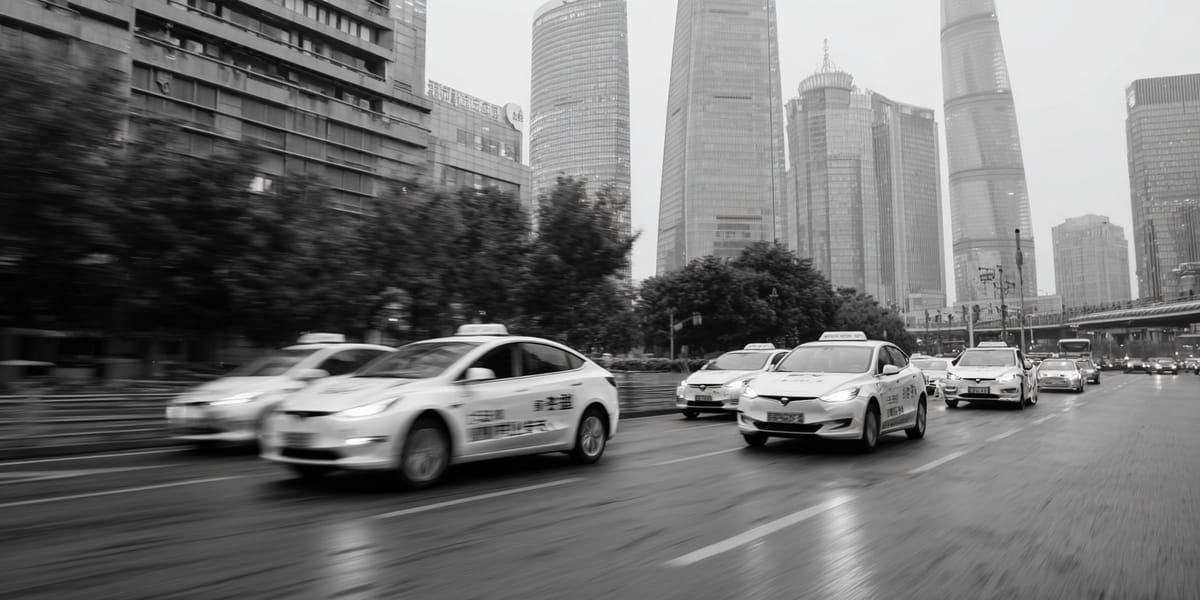Baidu And Lyft Partnership Brings Chinese Driverless Cars To European Markets Next Year

Chinese internet giant Baidu announced plans to supply driverless cars to American ride-hailing service Lyft for operations in Germany and Britain starting next year. NZ Herald reported that the vehicles will be assembled by Jiangling Motors of China and require regulatory approval before deployment.
The announcement follows a similar partnership between Uber and Chinese autonomous driving company Momenta, which plans to begin self-driving car services in an unspecified European city early next year. Lyft and Baidu said they plan to scale their fleet to thousands of vehicles across Europe in the following years.
Baidu operates the world's largest robotaxi experiment in Wuhan, central China, after beginning testing in August 2022. The company reported 11 million completed rides through its Apollo Go service, surpassing competitor Waymo's 10 million rides.
Why This Expansion Matters
The European robotaxi market represents a major growth opportunity as Chinese companies seek to internationalize their autonomous vehicle businesses. CNBC reported that Baidu's partnership with Uber will deploy thousands of Apollo Go vehicles globally outside the United States and mainland China.
Cost advantages drive Chinese companies' competitive position in international markets. Chinese robotaxi rides cost approximately 35 cents per mile compared to $2 per mile in the United States, according to investment firm ARK's 2025 report. The Jiangling RT6 vehicle costs less than $30,000, while Volkswagen's ID. Buzz retails for $62,000 to $72,000 without self-driving equipment.
Chinese companies have accumulated extensive real-world driving data through testing in more than a dozen cities with at least 19 automakers participating. S&P Global noted that China has established 32,000 kilometers of roads for autonomous vehicle testing and issued 16,000 test licenses nationwide.
Industry Impact And Regulatory Environment
The expansion faces regulatory challenges as European authorities work to establish frameworks for autonomous vehicles. European Commission technical rules for fully driverless vehicles came into effect in 2022, covering testing procedures, cybersecurity requirements, and safety monitoring.
European Union regulations currently permit Level 3 automated vehicles that require safety drivers on public roads. Level 4 autonomy, allowing remote control with minimal human intervention, is targeted for deployment by 2025. The regulatory framework limits approval of fully automated vehicles to 1,500 units annually for small series production.
Chinese companies enter a market where traditional European automakers lag in robotaxi development. Volkswagen plans to introduce an autonomous version of its ID. Buzz minivan in the 2025-2026 timeframe, but European companies face higher technology costs and limited ride-hailing adoption compared to Asian markets. The expansion demonstrates how Chinese autonomous vehicle technology is moving beyond domestic markets despite ongoing trade tensions and security concerns in Europe.
Further Reading
For deeper insights into global adoption trends, our Alternative Financial Systems Index tracks regulatory frameworks and adoption metrics across 50 countries. The index provides comprehensive analysis of how different regulatory approaches affect technology deployment and market development.




